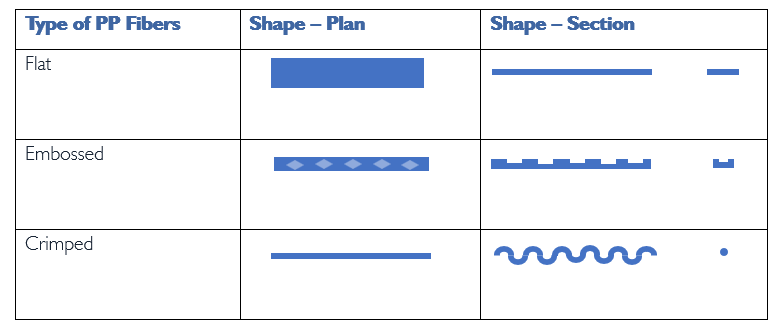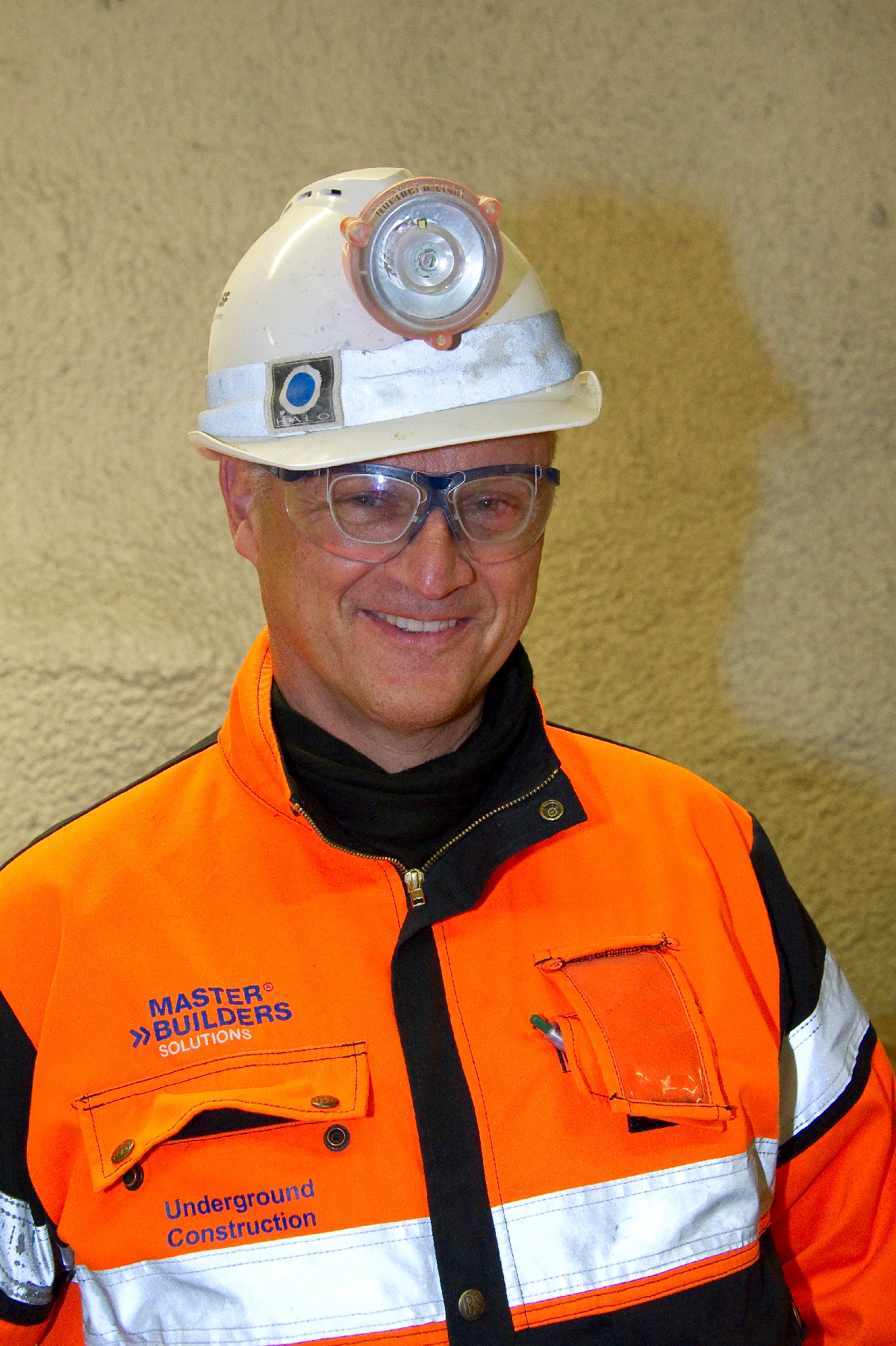Roland Mayr, our expert and Global Technical Manager for Sprayed Concrete, will guide you in this series on how to choose the right structural synthetic fibers for sprayed concrete. The process of selection depends on the timing and method of loading the concrete.
Fiber-reinforced sprayed concrete is widely used for rock support, with fibers gradually replacing conventional mesh reinforcement. It can be applied safely, fast and in a highly mechanized way.
Polypropyle (PP) fibers
The use of synthetic fibers, generally polypropylene (PP) allows the concrete structure to behave in a ductile way, enabling significant deformation before failure. Structural synthetic fibers form an internal network and add superior tensile properties to the sprayed concrete. They have advantages over steel fibers in that they do not corrode and have a smaller carbon footprint.
The benefits of PP fibers in sprayed concrete
- Improve the ductility of concrete components
- Reducing cracking due to drying shrinkage and temperature gradients
- Good chemical resistance (acid and alkali resistance)
- No risk of corrosion
Effective surface support and protection against the weathering of rock and strata are critical to the safety, efficiency and longevity of any underground operation. Different types of synthetic fiber influence the behavior of the reinforced sprayed concrete. Choosing the right type of fiber depends on how much loading the concrete must take and how quickly that loading will be applied – and that depends on the ground and on planned underground operations.
The shapes of synthetic fibers
There are various shapes of structural pp fibers available: flat, embossed and crimped (see Table 1 below). To compare the performance of the different fibers, energy absorption (EA) tests on panels of sprayed concrete containing the fibers are used. EA is a measure of the toughness of the sprayed concrete, with a load applied to the center of a panel to mimic deformations.
Typically, fiber testing panels are prepared by spraying the concrete in the same way that it would be applied underground, but with less accelerator. Sometimes the panels are also cast under lab conditions, but depending on the types of fibers used, this can lead to misleading results. Embossed fibers typically show better performance under cast conditions because the liquid cement paste penetrates all the fine indentations in the fiber to form a solid bond. However, under spraying conditions, the cement paste stiffens immediately due to the addition of the accelerator and hence does not penetrate the indentations as well.
Master Builders Solutions offers a wide range of MasterFiber structural pp fibers. Our expertise in concrete technology and chemistry enables us to design the perfect concrete mix and choose the most suitable fibers for optimal structural performance while taking the specific geology of the underground into account.
Tabel 1: Various shapes of PP Fibers

When it comes to reinforced sprayed concrete, the key requirement is to maintain a certain level of ductility even under high deformation conditions. To achieve the desired performance, it is important to consider factors such as the strength and age of the concrete matrix, as well as the type of fiber used.
To gain valuable insights from test results and dive deeper into the performance of fibers in sprayed concrete, click on the link to read the next article in Roland's series on this topic.

Roland Mayr



